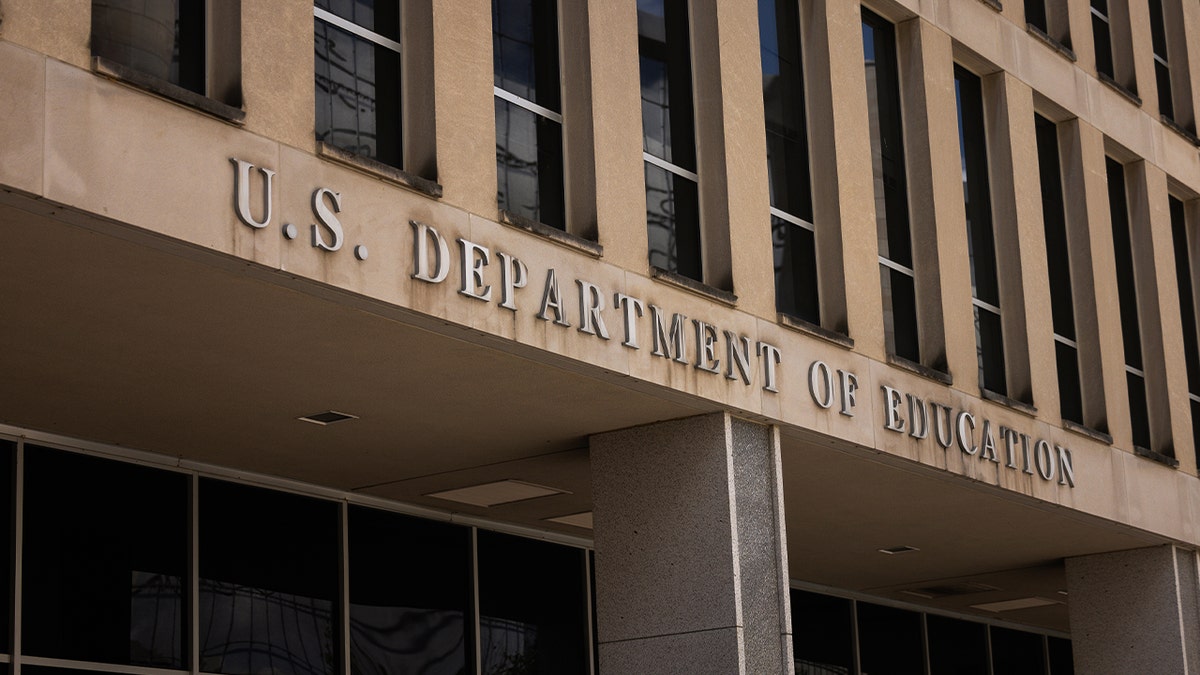Over four decades ago, the U.S. Department of Education was established with the aim of enhancing the nation's school system. As discussions arise about its potential restructuring under new leadership, it's crucial to examine its impact on key metrics like test results, graduation rates, and financial allocation. This analysis delves into these trends, exploring the evolving landscape of American education since the department's inception.
Created in 1980 during Jimmy Carter's presidency, the Department of Education's mission was to shape national education policy and manage federal aid to schools. This role has consistently faced scrutiny, particularly from Republican lawmakers who advocate for greater state and local control over education.

The Department of Education headquarters. (Tierney L. Cross/Getty Images)
This debate about local versus federal control has been reignited, with some questioning the department's effectiveness and citing declining test scores. Think tanks like the Heritage Foundation argue that the federal government is inherently unsuited to address the diverse needs of local communities.
Conversely, proponents of the department emphasize the value of its expertise and the role of its civil servants as specialists in the education field. They argue that a centralized body is better equipped to handle policy and funding decisions.
Declining Academic Performance
National Assessment of Educational Progress (NAEP) data reveals a concerning drop in both math and reading scores for 13-year-olds, reaching their lowest point in decades. While the Department of Education doesn't directly control student performance, it mandates standardized testing, the results of which have been steadily declining. ACT scores, for example, have fallen from an average of 20.8 in the 1990s to lower averages today, with variations across states.

A teacher reading to students in the 1980s. (H. Armstrong Roberts)
Experts acknowledge the complexity of this issue, noting that the decline predates the COVID-19 pandemic and can't be solely attributed to disruptions in learning. Comparisons with other countries are also nuanced due to differing assessment methods.
Financial Resources and Allocation
The department's funding practices have also drawn criticism. While historically focused on areas like drug prevention programs, recent spending on diversity, equity, and inclusion (DEI) initiatives has sparked debate. Critics argue that these funds should be redirected to core academic subjects.

A college classroom. (iStock)
Some propose a decentralized approach, empowering states to manage their own education budgets. Others suggest a restructuring of the department, focusing on areas like STEM education, which is considered crucial for national competitiveness.
Graduation Trends
High school graduation rates have fluctuated since the department's establishment. After an initial dip in the 1980s, rates have gradually increased, reaching 87% in the 2021-2022 school year. This represents a significant improvement over the past decade.

Graduates celebrating. (Keith Bedford/Reuters)
Evolving Curriculum
While the Department of Education doesn't dictate specific curricula, it operates within a landscape of changing educational priorities. Technology has significantly impacted what is taught in schools, with computer science and AI gaining prominence. Controversies surrounding topics like gender identity in school curricula highlight the ongoing debate over local control and parental involvement in education.

Students using computers in class. (Scott Eisen/Getty Images)

University students on campus. (Libby March/Getty Images)

Former President Trump. (Evan Vucci/AP Photo)
The future of the Department of Education remains a subject of ongoing discussion. Whether it will be abolished, reformed, or maintained in its current form is yet to be determined. However, examining its impact on these key areas provides valuable context for this important national conversation.
Comments(0)
Top Comments